Introduction
In recent years, the tides of commerce have been irrevocably shaped by an undercurrent of conscious choices. A global shift towards sustainable and ethical consumerism is not just a trend but an awakening. At the heart of this movement lies an understanding of the environmental footprint left behind by the products we consume and, importantly, the packaging that encases them.
Enter “FSC packaging.” A term that might seem technical, but its implications are profound. The Forest Stewardship Council (FSC) offers certification to products sourced from responsibly managed forests, and this certification has become a gold standard in the retail sector. But FSC is just one piece of the puzzle. The broader canvas of sustainable packaging also encompasses ESG (Environmental, Social, and Governance) principles and the rigorous requirements of Sustainable Packaging Certification.
At Sam’s Packaging, our journey in the packaging domain has been one of continuous evolution. We’ve recognized and embraced the value of FSC-certified and ESG-compliant packaging. To us, this isn’t merely a business decision—it’s a commitment. A commitment to ensuring that when consumers unbox a product, what they hold in their hands is an embodiment of both quality and responsibility.
1. What is FSC Packaging?

In today’s market, labels and certifications abound, making it pivotal for consumers and businesses to discern which truly carry weight. Among these, the FSC or the Forest Stewardship Council stands out prominently. But what exactly does this certification entail, and why has it become synonymous with responsible packaging?
The Forest Stewardship Council (FSC) is a global organization committed to the responsible management of the world’s forests. It was founded in the early 1990s in response to concerns over deforestation and the overall environmental impact of forestry practices. The council’s primary mission is to ensure that products coming from forests, be it timber or non-timber, are responsibly sourced and do no harm to natural habitats, indigenous communities, or the global climate.
Achieving FSC certification isn’t a walk in the park. It necessitates meeting a set of rigorous criteria that ensure the forest’s health and vitality are maintained while simultaneously promoting the socio-economic well-being of its workers and local communities. These criteria touch upon vital aspects such as:
- Maintaining the forest’s biodiversity and ecological processes.
- Upholding the rights of workers and indigenous communities.
- Ensuring long-term economic and social well-being of forest communities.
- A commitment to efficient forest management, including timely replanting.
In the context of packaging, when a product boasts the FSC label, it communicates that the materials used have been sourced from forests that adhere to these high standards. It’s a mark of assurance, indicating that the packaging isn’t just about protecting a product but also about preserving our planet.
2. ESG Packaging: Aligning with Ethical Standards
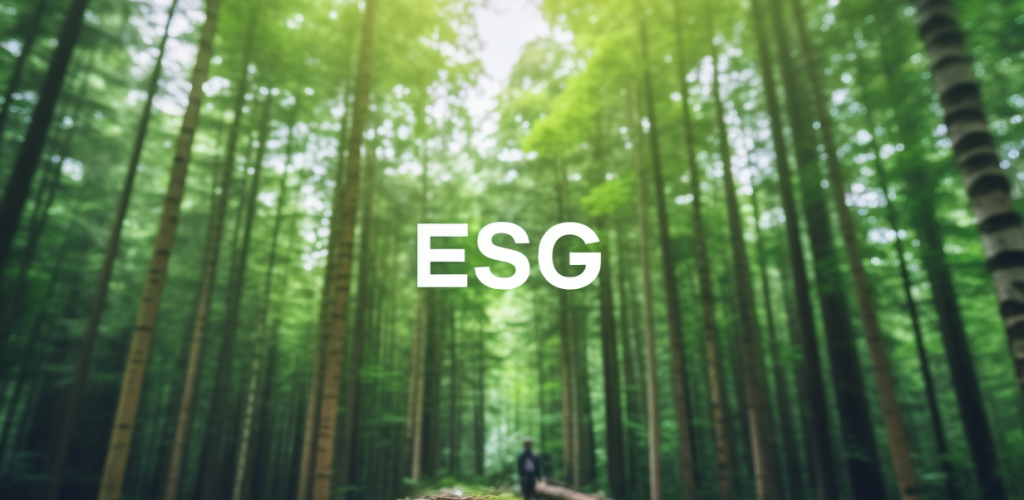
The modern business landscape isn’t solely about profits and products. It’s also about principles. ESG, which stands for Environmental, Social, and Governance, embodies this shift towards businesses that are keenly aware of their impact on the world. The principles of ESG have been making waves across industries, and the packaging sector is no exception.
ESG defines a framework that pushes companies to account for their ecological footprint (Environmental), their treatment of employees and the wider community (Social), and their corporate governance structures and practices (Governance). It’s a holistic approach, seeking to balance business objectives with societal and environmental well-being.
In the context of packaging, ESG emphasizes:
- Environmental: Using materials that are sustainable, recyclable, or biodegradable. It promotes minimized waste, energy efficiency, and a reduced carbon footprint.
- Social: Ensuring fair labor practices, community engagement, and health and safety standards in the production process.
- Governance: Transparent, ethical decision-making processes within corporations concerning their packaging choices.
FSC packaging dovetails perfectly into this ESG ethos. By committing to materials sourced from responsibly managed forests, businesses are actively addressing the environmental pillar of ESG. Additionally, the FSC’s standards on the rights and welfare of indigenous communities and workers resonate with the social component of ESG.
At Sam’s Packaging, we understand the evolving dynamics of the business world. Recognizing the intertwined nature of commerce and responsibility, our packaging solutions are thoughtfully designed to align with core ESG principles. By placing sustainability at the forefront, we don’t just serve our clients; we serve our planet and its inhabitants.
3. Sustainable Packaging Certification: An Added Layer of Assurance
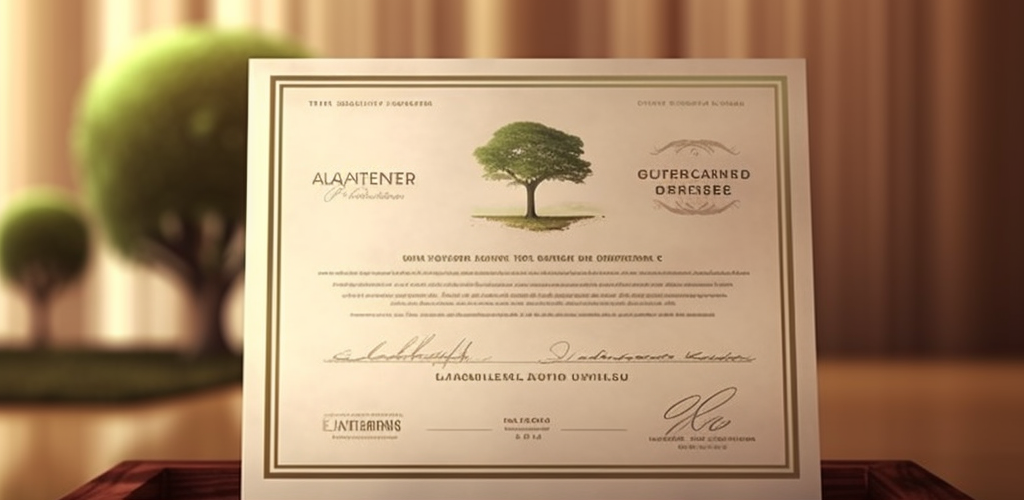
As businesses and consumers become more environmentally conscious, the demand for transparent and accountable sustainability credentials has skyrocketed. One of the leading indicators of genuine commitment to eco-friendly practices in the packaging world is the Sustainable Packaging Certification.
What is Sustainable Packaging Certification?
The Sustainable Packaging Certification is a validation given to packaging products and materials that meet a specific set of criteria revolving around environmental conservation, efficiency, and responsibility. These criteria often include considerations like:
- Material Sourcing: Using raw materials that have been responsibly sourced or are renewable.
- Design Innovation: Crafting packaging designs that minimize waste, are efficient, and optimized for end-of-life scenarios, such as recycling or composting.
- Carbon Footprint: Assessing and minimizing the carbon emissions in the production, distribution, and disposal of the packaging.
How does it relate to FSC Packaging?
While both FSC and Sustainable Packaging Certification champion environmental sustainability, they have different areas of focus. The FSC certification is particularly concentrated on responsible forestry and the sourcing of materials. It addresses concerns like deforestation, biodiversity conservation, and the rights of indigenous peoples and workers.
On the other hand, Sustainable Packaging Certification provides a broader view, encompassing the entire lifecycle of the packaging product — from material sourcing to design, from production to disposal.
However, the two certifications aren’t mutually exclusive. In fact, they complement each other. A product with both certifications would signify a brand’s comprehensive approach to sustainable practices — one that’s committed to both responsible material sourcing and overall eco-friendly packaging design and disposal.
At Sam’s Packaging, we’re not just about ticking boxes. We strive for excellence and responsibility in all our endeavors. By pursuing both FSC and Sustainable Packaging Certifications, we offer our clients unparalleled eco-friendly packaging solutions, ensuring that their products not only stand out in the market but also make a positive impact on the environment.
4. Why is FSC and ESG Packaging Crucial for the Retail Sector?
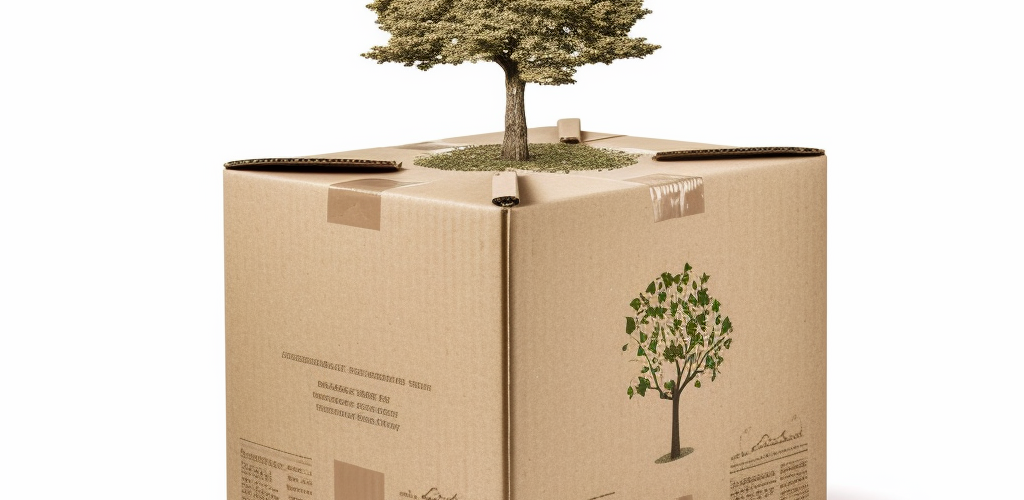
In the modern retail landscape, it’s not just about the product anymore — it’s about the values a brand represents. As environmental and social concerns rise, the way a product is packaged can say a lot about a company’s commitment to these issues. Here’s why FSC and ESG packaging have become indispensable in the retail sector:
The Conscious Consumer
A significant shift is happening in consumer behavior. According to a recent study, a growing percentage of global consumers are actively seeking out eco-friendly products and are willing to pay a premium for sustainable practices.
Data Point: For instance, over 60% of consumers in the U.S. alone have expressed a willingness to pay more for sustainable products, and this sentiment echoes globally.
Boosting Brand Image and Trust
With the information revolution, consumers are more informed than ever. They often research brands and their practices before making a purchase. Having certifications like FSC and being ESG-compliant can substantially enhance a brand’s image. It not only signifies responsible sourcing and sustainable practices but also communicates transparency and authenticity.
Moreover, in a crowded marketplace, these certifications can be a unique selling proposition, setting a brand apart from its competitors and establishing a more profound, trust-based relationship with its consumers.
Feedback Speaks Volumes
Transitioning to eco-friendly packaging isn’t just a theoretical benefit. The tangible positive feedback from consumers speaks volumes about its value. Many of our clients at Sam’s Packaging have taken the leap into FSC-certified and ESG-compliant packaging. The response? Overwhelmingly positive. Customers appreciate the effort brands put into sustainable practices, often leading to increased brand loyalty and word-of-mouth recommendations.
In summary, FSC and ESG packaging are more than just buzzwords or trend-chasing for the retail sector. They’re integral to a brand’s identity, consumer trust, and long-term success in an increasingly eco-conscious world.
5. Benefits Beyond the Environment

While the environmental benefits of FSC and ESG packaging are evident and crucial, the advantages don’t stop there. Implementing such practices within the packaging industry can yield a plethora of benefits that extend beyond merely ‘being green’. Here’s a closer look at these advantages:
Cost Savings in the Long Run
Initially, transitioning to sustainable packaging might seem like a significant investment. However, over time, the cost benefits become apparent. Utilizing eco-friendly materials can lead to reduced waste and, consequently, reduced disposal costs. Additionally, sustainable materials often lead to more efficient production processes, saving energy and resources. With global initiatives promoting sustainable practices, companies might also find themselves eligible for grants, tax breaks, or other financial incentives.
Enhanced Product and Packaging Quality
FSC and ESG standards don’t just focus on sustainability; they also emphasize quality. Materials that meet these certifications are often more durable and robust. This ensures that the product inside remains safe and intact, reducing potential losses due to damage during shipping or storage. Furthermore, aesthetically, eco-friendly packaging often comes across as more authentic and premium, providing an elevated unboxing experience for consumers.
Strengthening Brand Loyalty and Attracting Eco-conscious Consumers
The modern consumer is informed, discerning, and values-driven. Brands that align with these values by adopting sustainable packaging practices often find a dedicated and loyal customer base. Eco-conscious consumers tend to support and stick with brands that mirror their principles. Plus, in the age of social media, these consumers often become vocal advocates for the brands they love, leading to organic growth and broader brand awareness.
In wrapping up this section, it’s clear that while the initial drive towards FSC and ESG packaging might stem from environmental concerns, the rewards of adopting such practices are multifaceted, touching various aspects of business and branding. At Sam’s Packaging, we’ve seen these benefits first-hand and continue to champion the cause for a more sustainable and quality-driven packaging future.
6. Case Study: Brands Benefiting from FSC and ESG Packaging
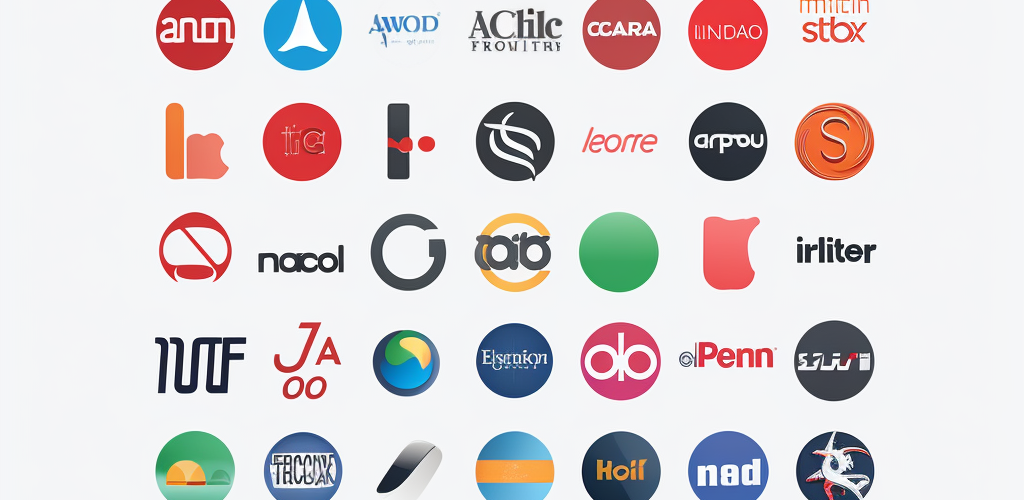
The move towards sustainable packaging is not just a trend but a necessity in today’s environmentally-conscious market. Numerous notable brands have recognized the significant benefits of aligning with FSC and ESG standards. By doing so, these brands have reaped rewards in various aspects, from bolstering their public image to witnessing tangible growth in sales. Let’s delve deeper into a few of these success stories:
Notable Brands Making the Transition
Apple: One of the tech giants, Apple, has been vocal about its commitment to sustainability. Their packaging predominantly uses fiber from controlled sources, with a significant portion being FSC-certified. Their focus on minimalistic packaging also aligns with ESG principles by reducing waste and promoting recycling.
IKEA: The Swedish furniture powerhouse has pledged its commitment to sustainable forestry, ensuring a vast majority of their wood and paper products are FSC-certified. IKEA’s sustainability efforts go beyond just sourcing to include efficient production processes and comprehensive recycling initiatives.
L’Oréal: The cosmetics giant is an example in the beauty industry of how sustainable packaging can be adopted without compromising on luxury. Their commitment to sustainability includes the use of FSC-certified paper and cardboard for their product packaging and promotional materials.
Data Point: Boosting Consumer Trust and Sales
A compelling instance can be observed with the popular coffee brand, Starbucks. They made a significant shift to FSC-certified paper cups. As a result of this transition and their broader sustainability initiatives, Starbucks reported:
- A marked increase of 5% in quarterly sales shortly after the announcement of their commitment to eco-friendly practices.
- Surveys indicated a 7% rise in consumer trust towards the brand post-transition to sustainable packaging.
In conclusion, embracing FSC and ESG packaging is more than just an ethical choice; it’s a smart business move. Brands that have made the switch are not only contributing positively to the environment but also witnessing direct benefits in terms of brand image, consumer trust, and even sales. For businesses thinking of making the transition, these success stories serve as a testament to the potential rewards that await.
7. The Environmental and Social Impact of FSC and ESG Packaging
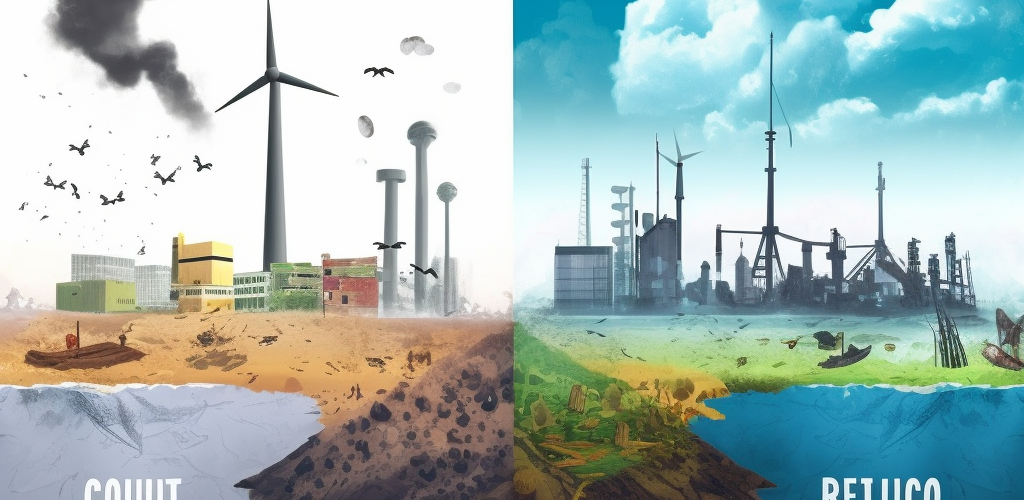
In today’s rapidly evolving world, the implications of our choices have never been more pronounced. The transition towards FSC and ESG packaging isn’t just a nod to consumer preferences but a profound gesture of responsibility towards our planet and its inhabitants. Let’s unravel the far-reaching effects of such decisions:
Preserving Nature's Green Lungs
Forests are often dubbed the “lungs of our planet.” By supporting FSC-certified packaging, businesses directly contribute to the preservation of these vital ecosystems. Such certifications ensure:
- The protection of endangered species and high conservation value forests.
- Reduction in deforestation rates and illegal logging.
- Promotion of regenerative forestry practices, ensuring that harvested trees are replaced or allowed to regenerate naturally.
Fostering Sustainable Human Communities
The positive impacts of FSC and ESG packaging aren’t restricted to flora and fauna. They also touch human lives:
Upholding Indigenous Rights: FSC standards recognize the rights of indigenous peoples, ensuring their territories are protected and they are consulted and benefited from any forest operation.
Promotion of Responsible Forest Management: This ensures that workers in the forestry sector receive fair wages, work under safe conditions, and are free from discrimination and exploitation.
Support for Local Economies: Sustainable forestry often leads to longer-term employment opportunities, bringing stability to local economies and preventing urban migration due to job scarcity.
In Pursuit of a Bigger Vision
At Sam’s Packaging, we understand that every packaging choice we advocate for has ripples – ones that touch distant forests, unique wildlife, and diverse communities. Our decision to support FSC and ESG-compliant packaging isn’t solely a business strategy. It’s an embodiment of our vision for a world where commerce harmonizes with nature and society. Every product we package is a testament to our promise: delivering quality while treading lightly on the Earth and uplifting its people.
8. Overcoming Challenges in Transitioning to FSC and ESG Packaging
Making the shift to FSC and ESG-compliant packaging can be a transformative journey for any business, offering immense long-term benefits. However, like all transformative processes, this transition is not without its set of challenges. Let’s delve into some of these challenges and potential solutions:
1. Initial Investment and Sourcing Trusted Suppliers:
Challenge: Transitioning often involves an upfront investment. Additionally, finding reliable suppliers who can provide genuine FSC-certified materials and comply with ESG standards can be daunting.
Solution:
- Research and partner with established FSC-certified suppliers or organizations that can provide referrals.
- Consider the long-term ROI. While initial costs may be higher, customer loyalty, brand image enhancement, and potential cost savings in the future can offset these expenses.
- Engage with industry forums or associations that can guide businesses through this transition.
2. Redesign and Material Adjustments: Add Your Heading Text Here
Challenge: Adjusting to new materials might mean revisiting product design or rethinking packaging aesthetics.
Solution:
- Collaborate with design teams that have experience in eco-friendly packaging. They can innovate without compromising the brand’s essence.
- Run pilot tests to gauge consumer reaction and gather feedback. This can guide the design adjustments in a direction that resonates with the target audience.
3. Consumer Education and Value Communication:
Challenge: Not all consumers are aware of the significance of FSC labels or the tenets of ESG. Simply making the transition may not be enough; businesses need to convey the value to their audience.
Solution:
- Launch educational campaigns, through both online and offline mediums, highlighting the importance and benefits of FSC and ESG packaging.
- Use packaging itself as a platform: Add QR codes linking to informative videos, or include short messages about the environmental and social impacts.
- Engage influencers or environmental activists to spread the message and amplify its reach.
Embracing a Greener Path Forward
Our commitment to sustainable and ethical packaging was met with initial hurdles, but with determination and a clear vision, we’ve been able to harness the power of FSC and ESG. By sharing our journey and insights, we aim to inspire and support other businesses on their path to a greener future.
Conclusion
As we navigate the 21st century, there is a clear and undeniable shift towards responsible consumption. A rising number of consumers today are not just concerned about the product they purchase, but also the packaging that envelops it. They are seeking assurance that businesses are doing their part in preserving our environment and maintaining ethical standards.
In this backdrop, the roles of FSC, ESG packaging, and Sustainable Packaging Certification are becoming central. These are not mere badges or labels but represent a brand’s commitment to the larger good of society, environment, and ethical governance. For brands, it’s not just about business growth but about growing responsibly.
At Sam’s Packaging, we have been at the vanguard of this sustainable movement. Our packaging solutions are not just about aesthetics or durability. They carry with them a promise — a promise of quality, responsibility, and a commitment to a better future. We’ve melded innovation with responsibility, ensuring our partners can proudly showcase their commitment to their consumers.
Interested in aligning your brand with the pinnacle of sustainable packaging practices? Look no further. Consult with the experts at Sam’s Packaging today. Let’s shape a sustainable future, one package at a time. Join us in redefining industry standards and setting benchmarks for responsible packaging.




